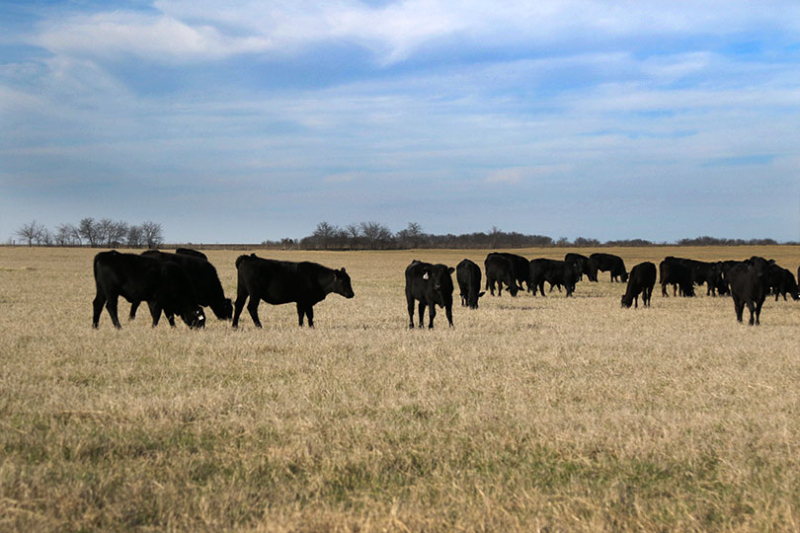Emmy Powell
Communications Specialist
Cattle lice thrive in winter weather. It is a common pest that can bite into ranchers’ profits while cattle have their winter coats, providing ideal conditions for lice populations to grow and hinder cattle health.
Dr. M. Wayne Ayers, Elanco Animal Health beef cattle technical consultant, said proper timing, product dosage and application are key for combating lice and keeping cattle productive.
He noted lice infestations are as much an emotional issue as they are an economic issue for ranchers.
“These parasites not only affect the well-being of cattle and the producer’s bottom line, but they can also stir up emotions,” Ayers said. “It’s disheartening to see cattle with patchy, balding hides, and the sight of them incessantly rubbing and scratching on fence posts and equipment is a painful one. The hair loss caused by lice can also lead to reduced market value, adding to the emotional burden.”
Cattle infested with lice focus on scratching instead of eating. Ayers said this can cause a reduction in average daily gain of 0.042 lb.
“Fighting lice can be a difficult proposition because once you have one, they can quickly multiply into more. However, understanding the louse life cycle can help determine how to break the cycle and prevent infestations,” he said.
There are two types of lice—sucking and chewing—that can live on cattle.
Sucking lice are most often found on the neck, dewlap, brisket, shoulder, back, tail head and down to the switch and feed on the host’s blood.
Chewing lice are initially found on the shoulder and backline, but as populations increase, they can be found over the entire body. They feed on hair, skin, skin exudates and debris near the skin surface.
Lice develop in three stages—eggs, nymph and adult—and they often grow quicker in colder weather, according to Ayers.
“Once lice become an issue, it’s often difficult to stop them,” he said. “Assuming all eggs develop into adults, mathematically a single adult female louse in September can result in 1 million lice by January, if not controlled.”
To combat an infestation, it is important to consider proper product dosage, application and timing.
“While producers often add on lice control when conducting other management practices, that may not be the best time to apply the product and may not provide the control needed to last the entire lice season,” Ayers said.
He noted it is important for ranchers to consult with their veterinarians on a proper treatment plan.
Symptoms include rubbing, biting, scratching and hair loss on the neck, shoulders and rump.
Lice are transmitted through physical contact.
After discovering active lice, Ayers said it is important to determine the proper dosage by weight and follow application directions.
“Most lice control products only kill the adults but not the eggs. It’s recommended to give a second application two to three weeks following the first one to kill the adults that hatch from the original eggs and ultimately halt the lice life cycle,” Ayers said.
After animals are treated, Ayers said it is critical to keep treated animals from untreated. He also recommends considering an early-season knockdown and evaluating mid-season.
“It becomes clear that a comprehensive approach to lice control is essential, one that not only safeguards the economic interests of cattle producers but also acknowledges and alleviates the emotional burden,” Ayers said.
To learn more about a strategic lice control protocol, talk with your veterinarian.


Leave A Comment